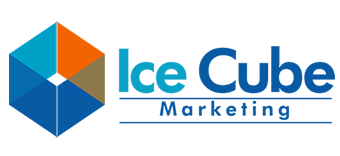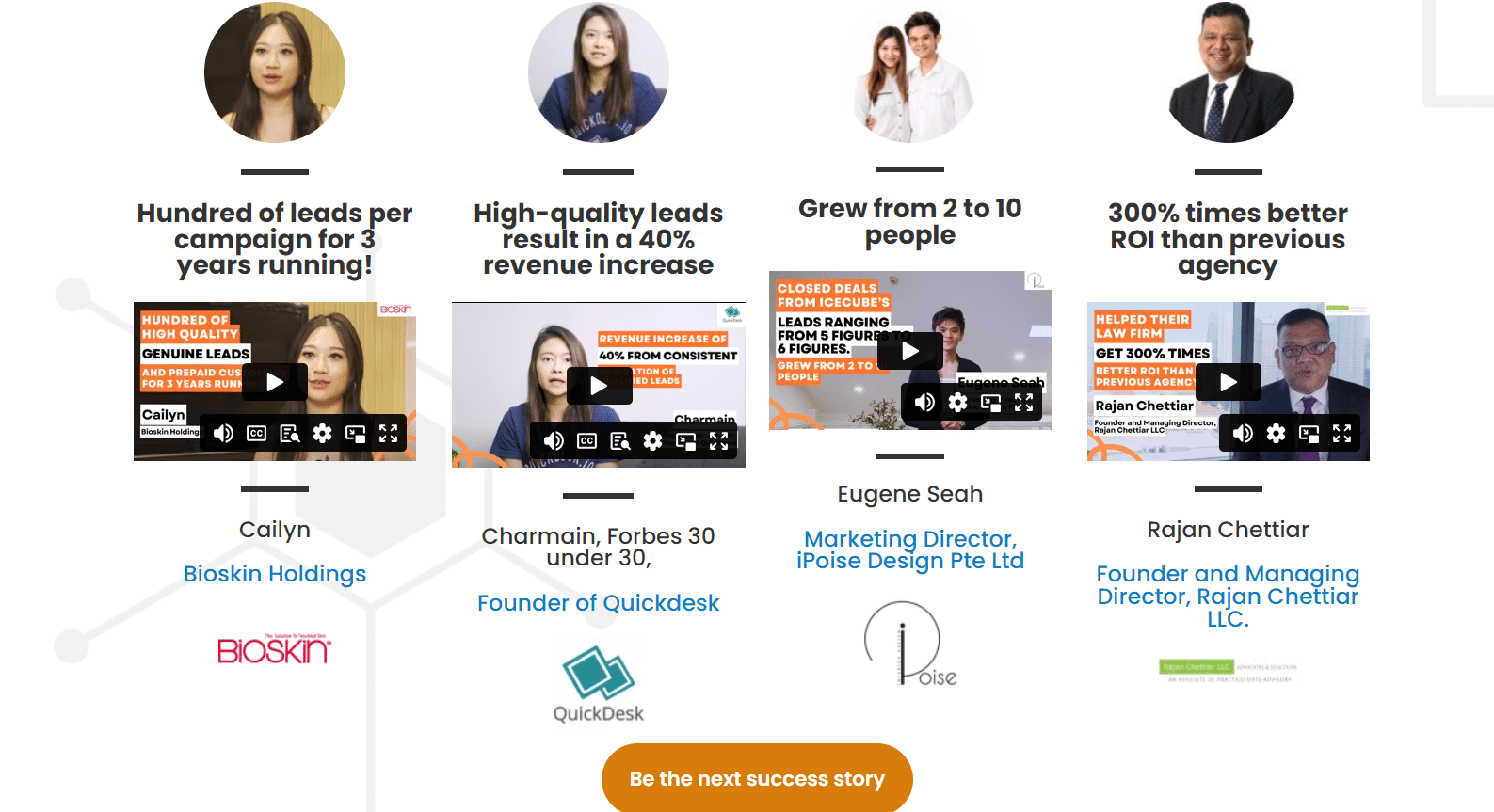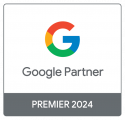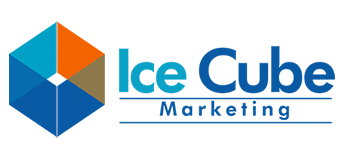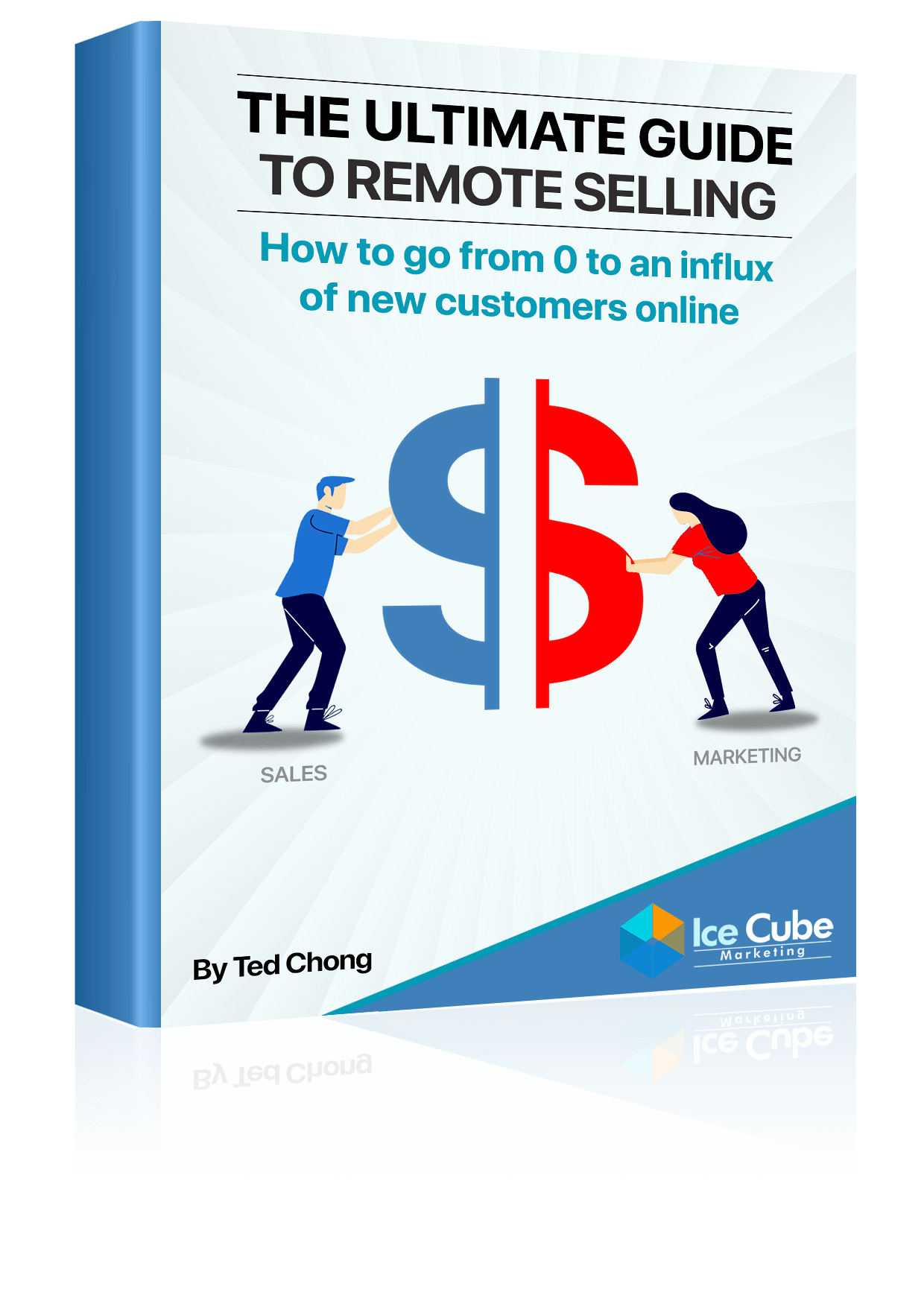In the ever-evolving landscape of digital marketing, the journey from lead generation to appointment setting holds the key to determining not just the quantity but also the quality of leads. It’s a multifaceted process, encompassing various touchpoints and strategies that collectively shape the outcome. In this comprehensive guide, we delve into seven indispensable tips aimed at not only enhancing lead quality but also increasing the number of appointments generated.
1. Crafting Extended Ads for Heightened Desire
The traditional approach to advertising often revolves around brevity, with marketers aiming to pique curiosity through short, snappy ads. While this strategy may generate initial interest, it often falls short when it comes to attracting genuinely interested prospects. Instead, consider crafting longer ads that offer a more in-depth exploration of your product or service.
By providing comprehensive information upfront, you can ensure that potential leads have a clear understanding of what you offer. This clarity not only reduces the likelihood of attracting irrelevant leads but also cultivates genuine interest among those who are truly interested in what you have to offer. Moreover, by infusing your ads with persuasive language and compelling storytelling, you can ignite desire and motivate prospects to take action.
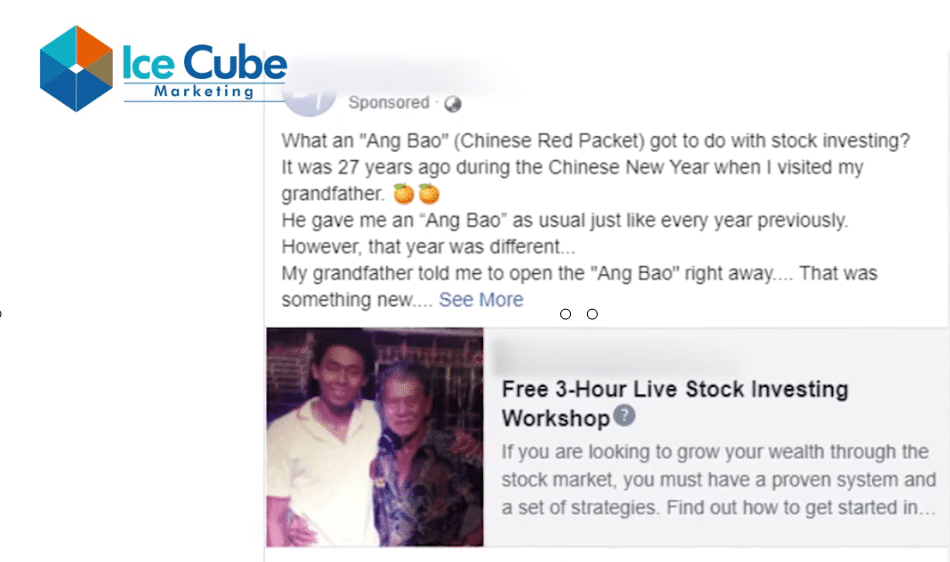
2. Enriching Contact Forms with more Questions
The landing page serves as a critical touchpoint in the lead generation process, where visitors make the transition from passive observers to active participants. To maximize the quality of leads captured through your landing page, it’s essential to go beyond basic contact information and incorporate strategic questions into your form.
These questions should be designed to elicit valuable insights into the prospect’s needs, preferences, and pain points. By gathering more information upfront, you not only gain a deeper understanding of your leads but also signal to them that you are genuinely interested in addressing their specific concerns. This, in turn, fosters a sense of trust and rapport, laying the foundation for a more meaningful and productive relationship.
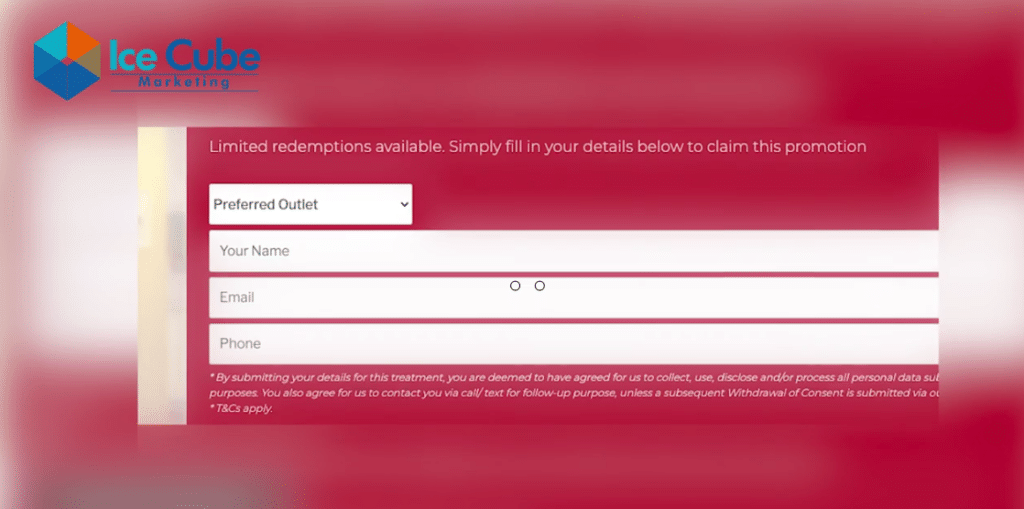
3. Implementing Two-Step Forms for Enhanced Engagement
Form fatigue is a common barrier that can deter prospects from completing the lead capture process. To overcome this obstacle, consider implementing a two-step form instead of a single lengthy form.
In a two-step form, the initial step typically consists of a few simple questions designed to gauge the prospect’s level of interest and qualification. Once these questions are answered, the prospect is then prompted to provide their contact information in the second step. By breaking the process into smaller, more manageable steps, you can reduce friction and increase engagement, ultimately leading to higher-quality leads.
4. Optimizing Thank You Pages for Continued Engagement
The thank you page is often an overlooked element in the lead generation process, yet it presents a valuable opportunity to further engage and nurture prospects. Instead of settling for a generic message, consider optimizing your thank you page to encourage continued interaction.
One effective strategy is to incorporate a payment gateway directly on the thank you page, allowing prospects to make a deposit for a trial or consultation session. By capturing their commitment at this crucial juncture, you can increase the likelihood of conversion and minimize lead attrition.
Additionally, consider integrating a calendar feature that allows prospects to schedule appointments directly from the thank you page. This streamlines the process and ensures that leads are immediately booked into your pipeline, further solidifying their commitment.
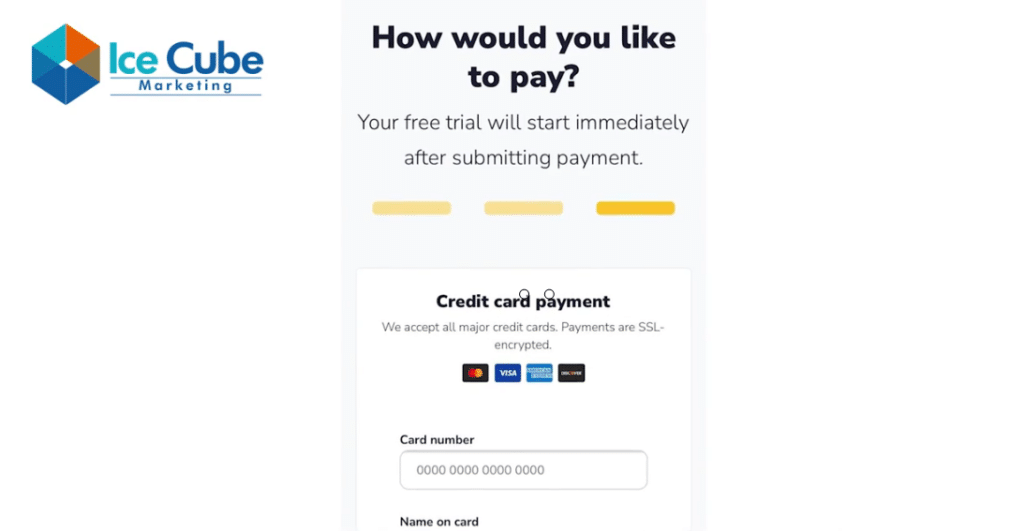
5. Facilitating Immediate Booking through Calendar Integration
In today’s fast-paced world, convenience is key. By offering prospects the ability to book appointments directly through an embedded calendar, you remove barriers and streamline the scheduling process.
However, securing a commitment is only the first step; it’s essential to follow up with timely reminders to ensure attendance. Leveraging marketing automation or CRM systems, you can send out SMS or email reminders at strategic intervals, maximizing appointment turnout and minimizing no-shows.
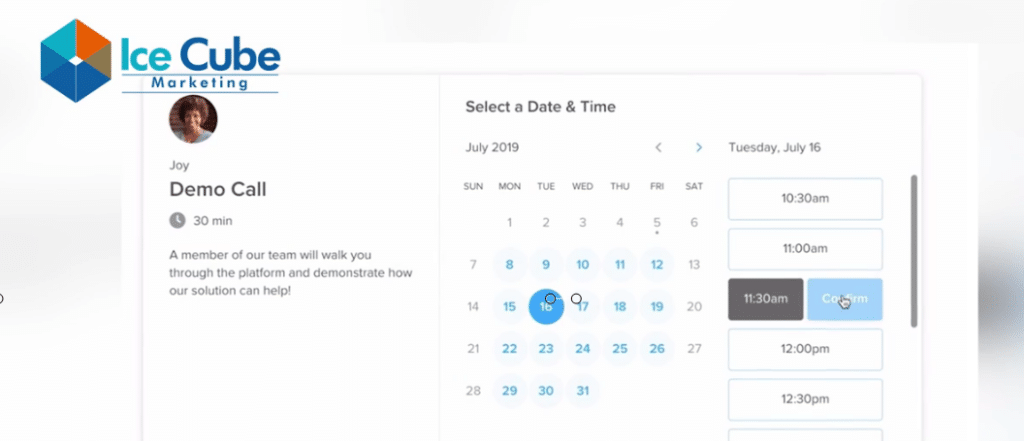
6. Establishing a Feedback Loop from Sales to Marketing
Effective marketing is rooted in data-driven decision-making. By establishing a feedback loop from sales to marketing, you can gain valuable insights into which strategies are yielding the best results.
This feedback loop allows you to refine your targeting efforts, allocate resources more effectively, and optimize campaign performance. By integrating CRM systems into your marketing infrastructure, you can automate this process, ensuring that your marketing efforts are continuously informed by real-time sales data.
7. Tailoring Ad Content to Drive Conversions
Not all leads are created equal. While some may express initial interest, only a subset will ultimately convert into paying customers. By analyzing sales data, you can identify which ad content is most effective at driving conversions and focus your efforts accordingly.
Whether it’s discount-driven ads or narrative-based storytelling, align your ad content with the strategies that have proven to be most successful in driving actual sales. By leveraging this data-driven approach, you can maximize the impact of your marketing efforts and achieve sustainable growth.
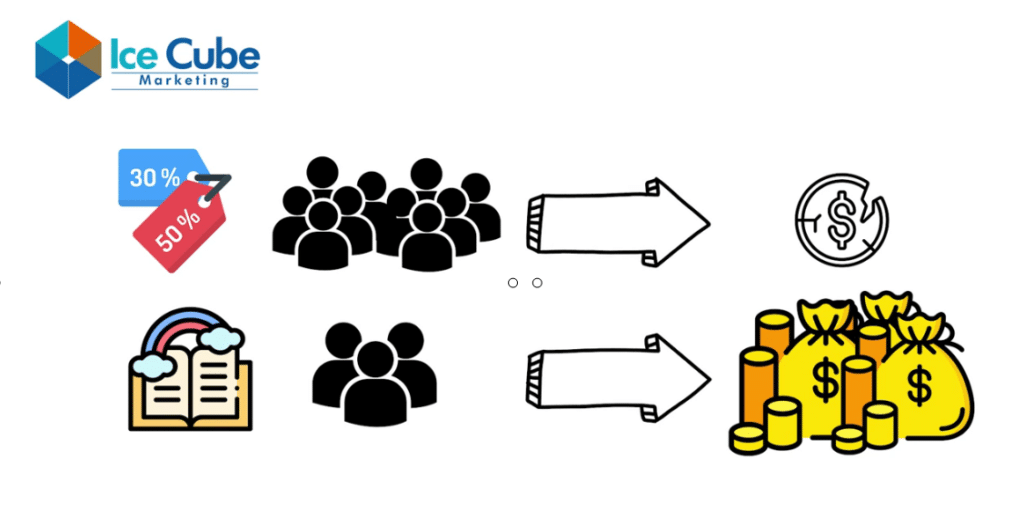
In the dynamic world of digital marketing, success hinges on the ability to not just generate leads but to generate high-quality leads that convert into appointments and, ultimately, paying customers. By implementing the seven strategies outlined in this guide, businesses can elevate their lead generation efforts, optimize their conversion rates, and drive sustainable growth. From crafting compelling ads to leveraging data-driven insights, these tactics offer a roadmap to success in today’s competitive landscape. Embrace them, iterate upon them, and watch as your business thrives in the digital age.
